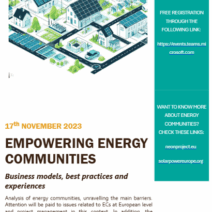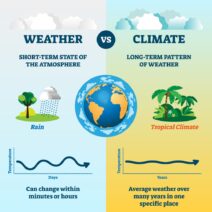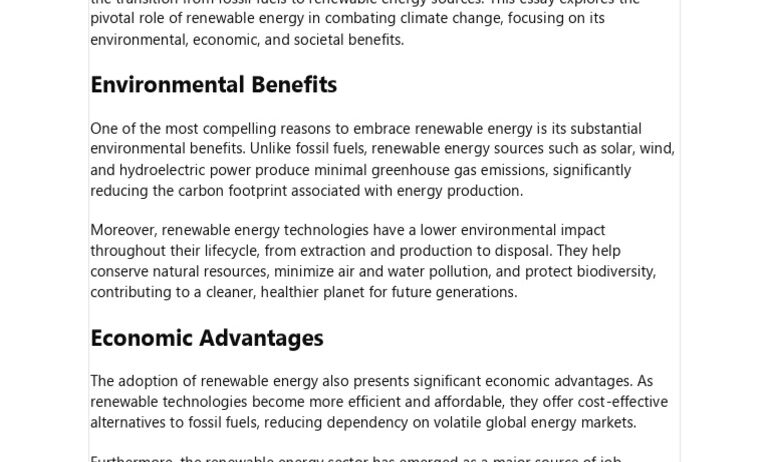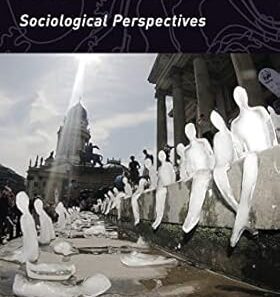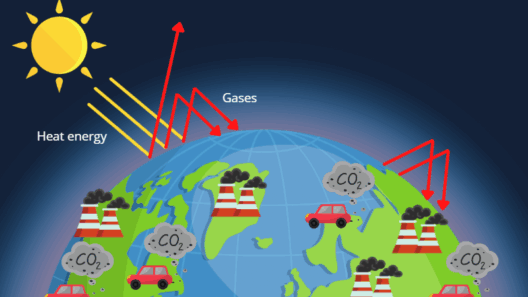Global warming is a pressing issue that continues to garner attention worldwide. It is often perceived as a phenomenon exclusive to climate patterns, oceanic changes, or ecological displacement. However, a crucial factor contributing to global warming is energy use, particularly through the combustion of fossil fuels. As industrialization has surged, so too has the demand for energy, often derived from sources that exacerbate climate change. Understanding this intricate relationship is imperative to combating the impending crisis. In this context, alternative energy sources emerge as paramount solutions to mitigate the adverse effects associated with conventional energy practices.
The planet’s climate is fundamentally influenced by the composition of the atmosphere, specifically the concentration of greenhouse gases (GHGs). Carbon dioxide (CO2), methane (CH4), and nitrous oxide (N2O) are significant contributors to the greenhouse effect, trapping heat within the Earth’s layers. The primary sources of these gases stem from energy production, transportation, and industrial processes. Fossil fuels such as coal, oil, and natural gas dominate the global energy landscape, accounting for over 80% of energy consumption. The relentless combustion of these resources has elevated CO2 levels to unprecedented concentrations, through which the planet has experienced a discernible rise in temperature over recent decades.
As populations grow and nations develop, the clamor for energy escalates. This insatiable appetite has led to a vicious cycle, wherein countries reliant on fossil fuels witness heightened emissions and, concurrently, an increase in global warming effects. The situation is exacerbated in developing nations eager to elevate their economic status but often lacking the infrastructure for sustainable energy alternatives. Addressing this dilemma thus not only involves expediting the transition to alternative energy but also fostering economic resilience through innovative technologies and policies.
One cannot overlook the ingenuity of alternative energy sources in counteracting methane emissions and the footprint of fossil fuel reliance. Renewable energy, such as solar, wind, hydroelectric, and geothermal, presents a sustainable antidote to the energy crisis. These resources harness nature’s inherent power without releasing GHGs into the atmosphere. For instance, solar panels convert sunlight directly into electricity, significantly reducing reliance on fossil fuels. Wind turbines achieve similar results, using wind currents to generate power while emitting nothing harmful.
Moreover, the accessibility of renewable resources indicates their promising potential. Unlike fossil fuels, which are geographically limited and subject to volatile market fluctuations, renewable energy can be harnessed virtually anywhere. Solar energy poses an abundant opportunity to nations endowed with ample sunlight. In regions with extensive wind corridors, wind energy can serve as a robust solution. Thus, the democratization of energy generation not only addresses climate concerns, but also empowers communities to be self-sufficient and economically viable.
Despite the apparent benefits, the transition from fossil fuels to renewable resources is fraught with challenges. Infrastructure investments, energy policies, and societal adaptation play integral roles in this transition. Governments must implement robust frameworks to incentivize renewable energy adoption such as tax rebates, grants, and subsidies for both consumers and producers. Policymaking must address both micro and macroeconomic factors, creating a conducive environment for innovation in energy solutions.
The efficacy of alternative energy also lies in its compatibility with emerging technologies. The synergy between renewable energy and advancements in energy storage, such as battery technology, enables a reliable supply of power even when renewable sources are intermittent. For example, when solar generation peaks during midday, excess energy can be stored for use during the evening hours. Furthermore, the integration of smart grids enhances the efficiency of energy distribution, allowing for dynamic adjustments based on real-time demand. This technological convergence represents a significant leap towards a more resilient energy sector that supports climate-centric goals.
Moreover, public perception and education are crucial to fostering a sustainable energy paradigm. As society grows more aware of the impacts of fossil fuel consumption, individuals are increasingly advocating for a cleaner, greener energy future. Grassroots movements promote initiatives for renewable adoption at both the community and national levels, urging policymakers to prioritize climate action. Public awareness campaigns can demystify renewable technologies, dismantling misconceptions about their efficacy and reliability.
Lastly, transitioning to alternative energy must be accompanied by a holistic approach that encompasses conservation efforts, efficiency upgrades, and sustainable practices across all sectors. Business models pivoting towards greener practices not only contribute to environmental sustainability but often yield economic benefits through decreased operational costs and enhanced brand loyalty. It is quintessential that corporations recognize their role in the war against climate change and lead by example in adopting energy-efficient strategies.
In conclusion, the connection between global warming and energy use is unmistakable. The continuous reliance on fossil fuels exacerbates the climate crisis, necessitating an urgent pivot towards alternative energy solutions. The prominence of renewable resources serves as a beacon of hope in the face of daunting climate projections. To reshape the energy landscape, an amalgamation of innovative technology, progressive policies, and public engagement is essential. Recognizing the multifaceted benefits of alternative energy is not just prudent; it is imperative for a sustainable future on Earth.
